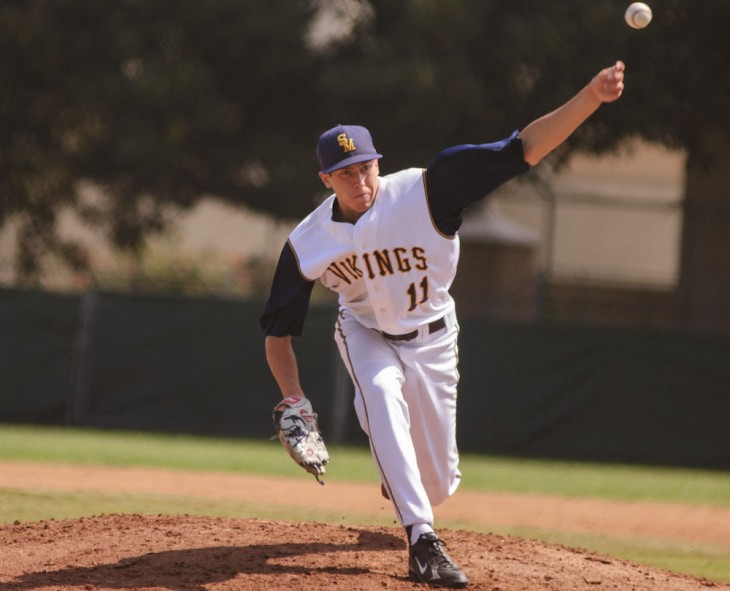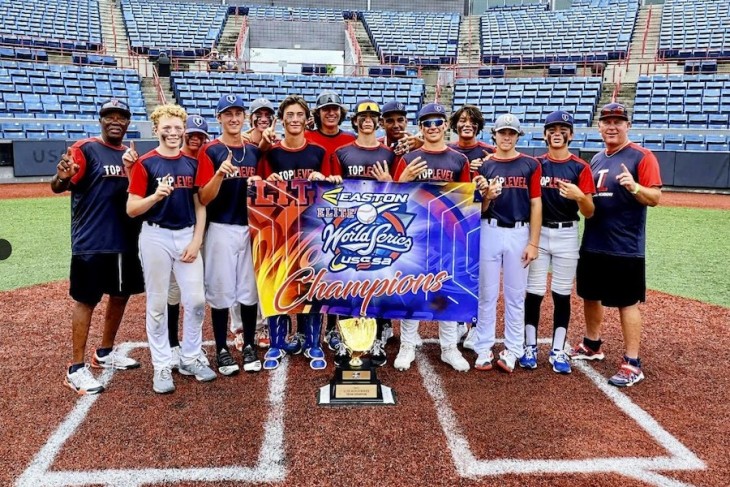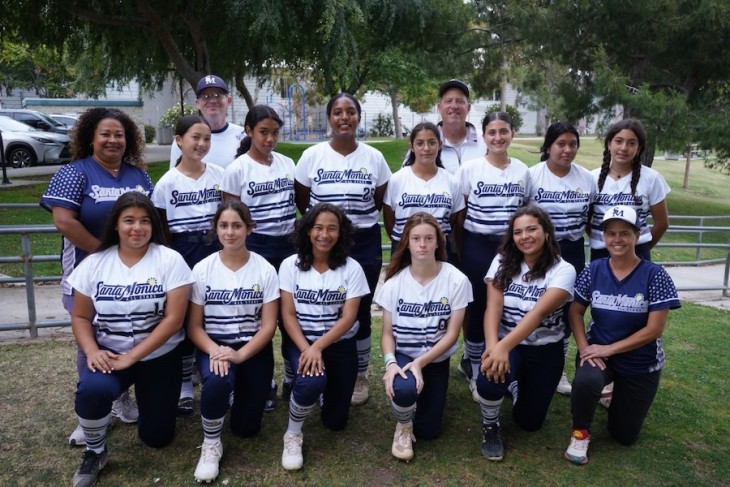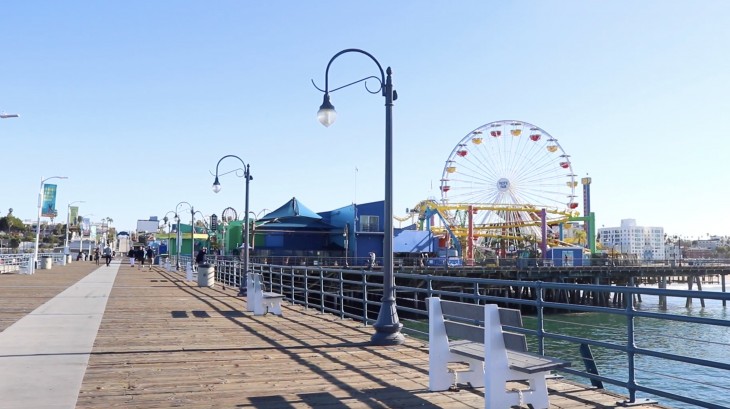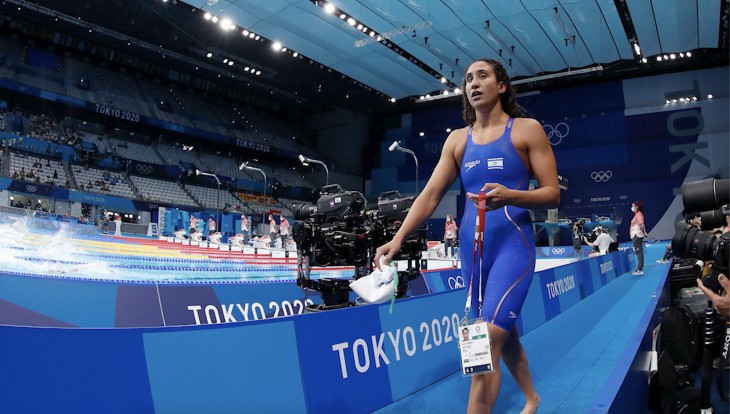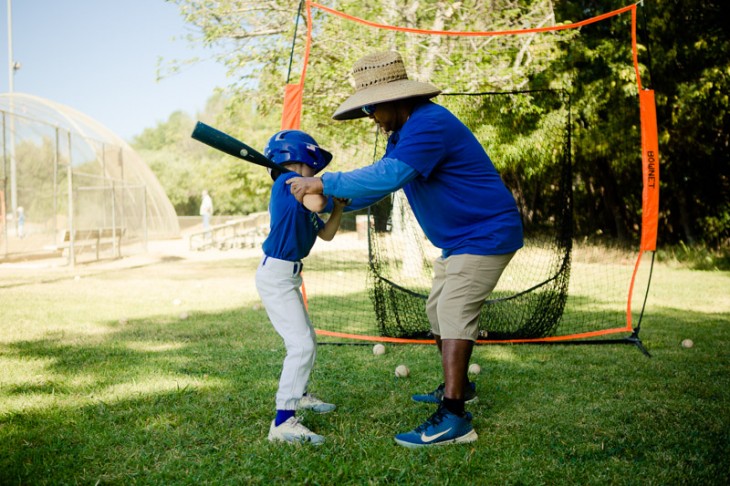If you’re in the Washington D.C. area you’re in for a thrill like no other. The skies around the capital offer breathtaking views that transform skydiving from just an adrenaline rush into a stunning sightseeing experience. Whether you’re a first-timer or a seasoned jumper, Washington D.C. provides a skydiving backdrop that’s nothing short of iconic.
Let’s dive into spots to skydive and find the best ideas searching for “skydiving near me“, what you can expect, lifehacks to make the most out of your jump, and how to capture those unforgettable moments on photo and video.
Why Go Skydiving Near Washington D.C.?
Washington D.C. is surrounded by a variety of scenic terrains: rolling hills, rivers, cityscapes, and farmlands. From the skies, you can glimpse the Potomac River winding through green landscapes, catch sight of the city’s skyline in the distance, or even see historic landmarks depending on the altitude and location.
But one of the best things about skydiving near D.C.? Accessibility. You don’t have to travel far from the city to find highly-rated drop zones offering tandem jumps, solo dives, and professional filming services.
Top Places for Skydiving Near Washington D.C.
1. iSkydive America (Midland, VA)
- Distance from D.C.: Approx. 1.5 hours
- Highlights:Breathtaking views of Washington, D.C., Shenandoah Valley, and the Blue Ridge Mountains. One of the most experienced and highly-trained instructors in the industry.
- Perks: Full-service video and photo packages, large aircraft for group jumps.
2. Skydive Baltimore (White Marsh, MD)
- Distance from D.C.: About 1.5 hours
- Highlights: Panoramic views of the Chesapeake Bay and city skyline. On clear days, you might even see parts of downtown D.C. on the horizon.
- Perks: High-resolution video, fast scheduling, and options for VIP packages.
3. DC Skydiving Center (West Point, VA)
- Distance from D.C.: 2-2.5 hours
- Highlights: Popular among first-timers. Great mix of scenic land and water views.
- Perks: Competitive pricing, tandem packages, and seasonal discounts.
What’s It Like to Skydive Near Washington D.C.?
Step 1: The Prep
You’ll start with a short training session—typically 15 to 30 minutes—covering everything from body position to landing safety. Most places require you to be at least 18 years old and under a certain weight limit (usually 220–240 lbs).
Step 2: The Plane Ride
This is where the anticipation builds. As you climb to 10,000–14,000 feet, you’ll have about 15–20 minutes to take in aerial views of the countryside, rivers, and city skyline. The scenery is so striking, many people say this part is just as memorable as the jump itself.
Step 3: The Freefall
Once you leap, it’s around 30–60 seconds of pure freefall at speeds of up to 120 mph. The adrenaline is intense, but most people describe it as euphoric, like flying.
Step 4: The Parachute Ride
At about 5,000 feet, the parachute deploys. Everything slows down, and you glide gently for 5–7 minutes while soaking in the views. You might even get to steer the canopy if you’re doing a tandem dive with an experienced instructor.
Can You Take Photos and Videos While Skydiving?
Absolutely—and you should! Most drop zones offer high-definition video and photo packages shot by either a wrist-mounted camera on your instructor or a dedicated camera flyer who jumps with you.
Pro Tip:
If you’re planning to share your skydiving adventure on social media, ask for raw video footage in addition to the edited clip. You’ll get more content to work with and can create your own highlight reel.
Lifehacks for Your Skydiving Adventure
- Book early: Especially in spring and fall, weekends fill up fast.
- Go early in the day: Morning jumps often have calmer winds and better light for photos.
- Dress smart: Wear snug, weather-appropriate clothing and lace-up shoes.
- Eat light: Avoid heavy meals right before jumping, but don’t go on an empty stomach either.
- Bring a cheering squad: Friends can film you from the ground and hype you up!
- Hydrate: Altitude + nerves can make you feel off. Drink water, skip the caffeine.
Safety First
All reputable skydiving centers near Washington D.C. follow guidelines set by the United States Parachute Association (USPA). Instructors are highly trained, and equipment is meticulously maintained. If you’re nervous, know that tandem skydiving has an excellent safety record.
Best Time of Year for Skydiving in Washington D.C.
- Spring (April–June): Lush green views and mild temps.
- Fall (September–October): Spectacular foliage from the sky.
- Summer: Warmer, but you may deal with more turbulent afternoon winds.
- Winter: Some drop zones close or reduce availability, but clear cold days can offer the best visibility.
FAQs About Skydiving Near Washington D.C.
Q: Is skydiving near D.C. safe for first-timers?
A: Yes! Tandem jumps are designed for beginners. Instructors handle everything—your job is to enjoy the ride.
Q: Can I wear glasses or contacts while skydiving?
A: Yes, you’ll be given goggles that fit over glasses or hold contacts in place.
Q: How long does the whole experience take?
A: Plan for 3–4 hours total, including check-in, training, the jump, and post-jump photos.
Q: Can I jump solo on my first skydive?
A: Most places require a tandem jump first. After that, you can train for solo certifications.
Q: What’s the age limit for skydiving?
A: You must be at least 18 years old with a valid photo ID. There’s typically no upper age limit, as long as you’re in good health.
Q: How much does skydiving near D.C. cost?
A: Tandem jumps usually cost between $200–$300. Video/photo packages range from $80–$150 extra.
Final Thoughts
Skydiving near Washington D.C. is more than just a leap—it’s a memory in the making. With beautiful views, professional staff, and top-tier safety standards, the D.C. region is a perfect launchpad for your next sky-high adventure.
So if you’ve been Googling “skydiving near me,” consider this your sign to book the jump. The sky is calling—and trust us, the view is worth it.

